Important Point
What Is Air Brake Systems?
Air brake systems are commonly used in heavy commercial vehicles and trucks. They require a heavy braking effort that can be applied by the driver’s leg alone.
You apply compressed air pressure to operate the air brake instead of just the foot pressure acting against the flexible diaphragm in the brake chamber.
Today we will learn about the air brake system. The air braking system is a high-power braking system.
It is commonly used on heavy vehicles, such as trucks, buses, etc. In my previous posts, we have discussed several types of brakes, and we know that there are only two types of braking systems.
The first one is known as the disc brake, and the second one is the drum brake. These brakes are driven by humans or some other power source.
According to the power source, these brakes can be classified into other types such as hydraulic brakes, air brakes, vacuum brakes, etc. When driving a heavy load vehicle, it is impossible for humans to generate braking force.
So another power system is used to generate the braking force that forces the braking pad and produces a frictional force between the brake and the tire that goes to stop the vehicle.
The air brake system uses air to generate this force. This type of braking is similar to hydraulic brakes, requiring that these brakes use compressed air to apply brakes instead of hydraulic pressure.
This is the basic concept of any power brake system. Now we discussed how this system uses air to generate braking force.
A pneumatic brake or compressed air brake system is the type of brake system in which the compressed fluid from the hydraulic system is replaced by compressed air to pressurize the piston of the master cylinder, which in turn stops to pressurize the brake pad or vehicle.
Also, Read: What Is Disc Brake? | Main Components of Disc Brake | Working Principle of Disc Brake | Types of Disc Brakes
Working of Air Brake Systems:
When the brake pedals are pressed, the exhaust passage closes, and the air intake route opens, and the compressed air moves back into the chamber.
During the return stroke, the exhaust passage opens while the intake is closed and the air used goes into the atmosphere.
The system is equipped with an emergency mechanical brake, which can be used when the air supply fails the air brake system, known as the air-assisted hydraulic braking system.
When the driver of the vehicle presses the brake pedal to stop or stop the vehicle, the following procedures take place – When the driver starts the engine, the brake compressor starts because it is powered by the engine, which in turn starts compressing atmospheric air and the compressed air is sent to the compressed air reservoir with this optimal air through the compressor governor Which always contains some amount of air stored from the previous cycle.
With this friction contact between the brake pads and the rotation, drum line brakes are applied to the wheels to stop or stop the vehicle.
When the driver presses the brake pedals, the outlet valve of the triple valves closes, and the inlet valve opens, which in turn passes the compressed air from the reservoir to pass through the brake lines of the system.
These compressed-air flowings through the brake lines are then transferred to the brake cylinder, which has a piston inside it.
When compressed air pressurizes the piston inside the brake chamber, the piston moves away from its original position, which converts this pneumatic energy into mechanical energy.
At the wheel end of the brake cylinder, brake drums are placed inside, which is a housing of mechanical actuators such as springs or slacks with brake pads at the outer end.
Due to the piston speed due to the pressure applied by the compressed air, the mechanical actuator inside the brake drum expands, which pushes the brake pads in an outward direction to create frictionless contact with the rotating drum lines.
Part of Air Brake Systems:
#1. Air Compressor
The air compressor is the main part of any air brake system that is driven by the engine using a belt drive. It compresses atmospheric air to the desired pressure and transfers it to the storage tank.
#2. Storage Tank
It stores compressed atmospheric air at high pressure. Also, an essential part of the air brake systems as compressed air is responsible for the entire operation.
The brakes can be applied several times while the automobile is running, so the compressor is not capable of performing these tasks alone, which requires aerial storage.
#3. Brake Pedal
The brake pedal is an input to the brake mechanisms. It is operated by the drivers inside the automobiles.
The brake pedal is a type of mechanical linkage that transfers the input motion to the forward mechanism and initiates the brake application.
#4. Brake Actuator
A brake actuator is a piston-cylinder arrangement that is directly connected with the brake pedal. When the brake pedals are pressed, it creates pressure throughout the assembly.
#5. Safety Valve
The safety valve is a safety component that attaches to the air storage tank.
This prevents the bursting of the tank due to excessive pressure because the air compressor works continuously and supplies the compressed air in the tank.
Air is released by the safety valves when the air pressure reaches certain values.
#6. Dirt Collector
A dirt collector is a small device used before the triplet valve. It is used to collect dirt particles separated by air filters.
#7. Brake Drum
The brake drum is the part that performs the brake. This is the last part of the brake assembly. It is mounted on automobile tires.
#8. Braking Lines
Braking lines are also known as supply lines. The transfers of compressed air from the reservoir to the brake drum are done by simply breaking the lines.
#9. Triple Valve
The triple brake is responsible for the entire operation of the air brake. Applying and releasing the brakes requires a continuously applied and releasing mechanism that is performed by the triple valve.
When the brake pedals are pressed, it applies pressure while it releases the pressure immediately when the pedal is released.
#10. Air Filter and Dryer
Air filters and dryers are the two major components that are used before entering the air compressor.
As the name suggests, air filters are used to remove dust mites from atmospheric air, while a dryer inlet removes moisture and humidity from the air.
It is necessary that only dry air enter the air compressor because the moisture content will cause the failure of the braking system due to the condensation of water particles.
Also, Read: What Is Ultrasonic Machining? | Working Principle of Ultrasonic Machining | Parts of Ultrasonic Machining
Construction of Air Brakes Systems:
Air brake systems consist of a two-stage air compressor powered by a crankshaft or gearbox shafts.
It takes air from the atmosphere, compressed it, & sends it to the air reservoir through an un-loader valve. Where the reservoir pressure reaches the maximum degree, the unloader valve opens.
The compressed air is then directed directly into the atmosphere. Each of the four wheels fitted with brake chambers has a diaphragm, and air pressure is applied and pushed.
This force operates the cam actuating lever and applies the brakes. Each of the brake chambers is attached to the brake pedal, and the air filter is also fitted between the brake valve and the reservoir.
Working Principle of Air Brakes Systems:
As shown in the figure, compressed air (about 700 kPa) is used in the air brake to activate the brake mechanism.
The figure shows the complete layout of the air brake systems. It consists of an air filter, unloading valve, air compressor, air reservoir, brake valve, and 4 number brake chamber.
The compressors take atmospheric air through the air filter & compress the air. This air is stored under pressure in air reservoirs.
From this reservoir, air travels to the various goods of the vehicle, which operate on compressed air.
A portion of the air goes into the brake valve. The brake valve is controlled by a driver who controls the intensities of braking according to an emergency.
Pedal Depressed:- When the brake pedals are depressed, compressed air from a reservoir is transmitted uniformly in all directions to the brake chambers through the brake valve through a pipe that applies the brake.
Pedal Released:- When the drivers release the brake pedals, the master cylinder returns to its original position due to the piston return spring, and the pressure is dropped. It releases brake shoes from the brake drum: the original position and the brakes are released.
Also, Read: What Is Spark Plug? | Main Parts of a Spark Plug | Working Principle of Spark Plug | Types of Spark Plugs
Advantages of Air Braking Systems:
Here, the different advantages of air braking systems are as follows
- It is more effective than other brakes.
- The air brake parts are conveniently located where the chassis design is simple to make.
- Compressed air can be used for tire inflation wipers, horns, and other accessories.
- It employs only air as a working medium that is readily available.
- It is used in railways.
- Today, all the trucks and buses on the road, some of them use air brake systems.
- It is easy to store air at highs pressures.
- It provides heavy braking effects used in heavy vehicles & trucks.
- This provides better control.
- This reduces the stopping distance.
- This mainly allows for less wear and tear of parts.
- It has a flexible hose connection.
Frequently Asked Questions (FAQ)
Airbrake System
An Air Brake Or, More Formally, a Compressed-Air-Brake System, Is a Type of Friction Brake for Vehicles in Which Compressed Air Pressing on a Piston Is Used to Apply the Pressure to the Brake Pad or Brake Shoe Needed to Stop the Vehicle.
Air Brake Components
The Five Main Components in the Air Brake System Are Air Reservoirs, Air Compressor, Brake Chambers, Foot Valves, and Brake Shoes and Drums.
How Do Air Brakes Work?
Air Brakes Work Using Compressed Air Instead of Hydraulic Fluid. Air Brakes Can Be Either Drum Brakes or Disc Brakes, or a Combination of Both. Air Is Pressurized by an Engine-Mounted Compressor. The Air Compressor Then Pumps the Air into the Air Storage Tanks, Which Store the Compressed Air Until It’s Needed.
Air Brake System
An Air Brake Or, More Formally, a Compressed-Air-Brake System, Is a Type of Friction Brake for Vehicles in Which Compressed Air Pressing on a Piston Is Used to Apply the Pressure to the Brake Pad or Brake Shoe Needed to Stop the Vehicle.
Pneumatic Brake System
a Pneumatic Brake System or a Compressed Air Brake System Is a Type of Friction Brake for Vehicles in Which Compressed Air Pressing on a Piston Is Used to Apply the Pressure to the Brake Pad Needed to Stop the Vehicle.
Air Brake System Components
the Parts of an Air Brake System
- Air Compressor
- Storage Tank
- Brake Pedal
- Brake Actuator
- Safety Valve
- Dirt Collector
- Brake Drum
- Braking Lines
- Triple Valve
- Air Filter and Dryer
How Does Air Brakes Work?
When You Brake, the Air Is “Compressed” and Pushes the Rod (Blue) Out, Which Moves the Green Slack Adjuster, the Slack Adjuster Is Connected to the Rotating Cam. This One Forces the ‘Shoe’ onto the Drum.
What Is Airbrake?
Frictionless Error Monitoring and Application Performance Management for your App. Try Airbrake Free for 30 Days – Unlimited Errors and Events.
Pneumatic Braking System
The pneumatic braking system is one of the types of Automobile Braking system. It is also known as the Air braking system. It is Invented by George Westinghouse in the 1860s. In this Braking System, Compressed Air is used the apply the Brake.
Air Brake
An air brake or, more formally, a compressed-air brake system is a type of friction brake for vehicles in which compressed air pressing on a piston is used to apply the pressure to the brake pad or brake shoe needed to stop the vehicle.
Truck Air Brake System
Simply put, an air brake refers to the mechanism used within a heavy-duty vehicle in order to make it stop, a system that is required due to the weight of the vehicle in question.
Air Brake System Components and Their Functions
A COMPRESSOR, to pump air. A RESERVOIR OR TANK, to store the compressed air. A FOOT VALVE, to regulate the flow of compressed air from the reservoir when it is needed for braking. BRAKE CHAMBERS & SLACK ADJUSTERS, the means of transferring the force exerted by the compressed air to mechanical linkages.
Advantages of Air Brake Systems in Commercial Vehicles
Air brakes are used in heavy commercial vehicles due to their reliability. They have several advantages for large multi-trailer vehicles: The supply of air is unlimited, so the brake system can never run out of its operating fluid, as hydraulic brakes can. Minor leaks do not result in brake failures.
Air Brake System Maintenance and Troubleshooting
- Check for valve failure in primary or secondary circuit.
- Look for accelerated wear.
- Fractures and leaks.
- Proper operation of the push rods and slack adjusters.
- Check push rod actuation out of the brake chambers.
- Check slack adjusters for broken or missing parts.
Top-Rated Manufacturers of Air Brake Systems in the USA
As of my last knowledge update in September 2021, some of the top-rated manufacturers of air brake systems in the USA include:
- Bendix Commercial Vehicle Systems: Bendix is a well-known manufacturer of air brake systems and related components for commercial vehicles, including trucks, trailers, buses, and more.
- Meritor, Inc.: Meritor is another prominent supplier of integrated systems and components for commercial truck, trailer, and specialty original equipment manufacturers in the transportation and industrial sectors.
- WABCO Holdings Inc.: WABCO specializes in providing advanced technologies for braking, stability control, and transmission automation systems for commercial vehicles.
- Haldex AB: Haldex offers innovative solutions in the areas of vehicle dynamics control, safety, and air brake control for heavy-duty vehicles.
- Knorr-Bremse North America: Knorr-Bremse is a global leader in braking systems and other rail and commercial vehicle systems, including air brake systems.
Importance of Proper Air Brake System Inspection and Repair
Proper inspection and repair of air brake systems are critically important for several reasons, primarily related to safety, operational efficiency, and regulatory compliance. Here are some key points highlighting the significance of these practices:
- Safety: The primary purpose of any braking system is to ensure the safety of the vehicle, its occupants, and others on the road. Air brake systems are no exception. A malfunctioning or poorly maintained air brake system can lead to reduced braking performance, longer stopping distances, and even brake failure, increasing the risk of accidents and collisions.
- Reliability: Regular inspections and repairs help ensure the reliability of the air brake system. Unaddressed issues can worsen over time and lead to unexpected breakdowns or failures. By identifying and repairing problems early, you can avoid costly breakdowns and minimize downtime.
- Legal Compliance: Commercial vehicles equipped with air brake systems are subject to strict regulations and standards imposed by authorities such as the Federal Motor Carrier Safety Administration (FMCSA) in the USA. These regulations mandate regular inspections and maintenance of air brake systems. Failure to comply with these regulations can result in fines, penalties, and even the suspension of the vehicle’s operation.
- Operational Efficiency: A well-maintained air brake system contributes to the overall operational efficiency of commercial vehicles. Efficient braking reduces wear and tear on other components, extends the lifespan of the braking system, and helps maintain fuel efficiency.
- Driver Confidence: Knowing that the vehicle’s braking system is in optimal condition boosts driver confidence. Drivers can operate the vehicle more safely and effectively when they trust that the brakes will respond as expected.
How Air Brakes Work?
These systems use an air compressor driven by the engine to build up and store air in tanks at a predetermined and regulated pressure. When the brake pedal is pressed, air travels through the air brake chambers, causing a mechanism to apply pressure to the drums or calipers to slow or stop the vehicle.
How Do Air Brakes Work Diagram?
Air pressure is used to apply the service brakes and release the parking brake. There are multiple air circuits in the system. The parking brake engages by spring force in the parking brake portion of the spring brake chamber when the air pressure in the chamber is released.
Air Brake System Working
When the brakes are applied, air is delivered through the foot valve to the service-brake chambers (Fig. 15). Air pushes against each service-brake diaphragm causing the push rod to move the slack adjuster (see page 55). The slack adjuster rotates the brake cam, which forces the shoes against the brake drum.
Air Brake System Components and Location
Brake drums are located on each end of the vehicle’s axles. The wheels are bolted to the drums. The braking mechanism is inside the drum. To stop, the brake shoes and linings are pushed against the inside of the drum.
How Air Brake System Works?
Air is pressurized by an engine-mounted compressor. The air compressor then pumps the air into the air storage tanks, which store the compressed air until it’s needed. Air pressure is used to apply the service brakes and release the parking brake.
The Brake Pedal in an Air Brake System
The brake pedal controls the air pressure applied to the service brakes. As the pedal is pressed downward, compressed air passes through a valve attached to the brake pedal and is delivered to the brakes at the wheels.
What Are the Five Basic Components of an Air Brake System?
- Air compressor.
- Reservoirs.
- Foot valve.
- Brake chambers.
- Brake shoes and drums.
Like this post? Share it with your friends!
Suggested Read –
- Types of Axles
- What Is a Fastener
- Parts of a Spark Plug
- Ultrasonic Machining
- Hydraulic Brake System
- Different Types of Axles
- Disc Brake Components
- Different Types of Springs
- How Do Drum Brakes Work
- Domestic Electrolux Refrigerator | Different Components of Domestic Electrolux Refrigerator
- Types of Angle Plates | Box Angle Plate of Angle Plate | Swivel Angle Plates of Angle Plate | Cast Iron T-Slotted Angle Plate of Angle Plate
- What Is Wilson-Hartnell Governor? | Wilson Hartnell Governor | Construction of Wilson Hartnell Governor | Working of Wilson Hartnell Governor
- Cochran Boiler | Cochran Boiler Working | Working Principle of Cochran Boiler | Applications of Cochran Boiler | Advantages & Disadvantages of Cochran Boiler
- What Is Cupola Furnace? | Cupola Furnace Design । Cupola Construction | Purpose of Cupola | Working Principle of Cupola Furnace: | Advantages of Cupola Furnace | Disadvantages of Cupola Furnace | Applications of Cupola Furnace
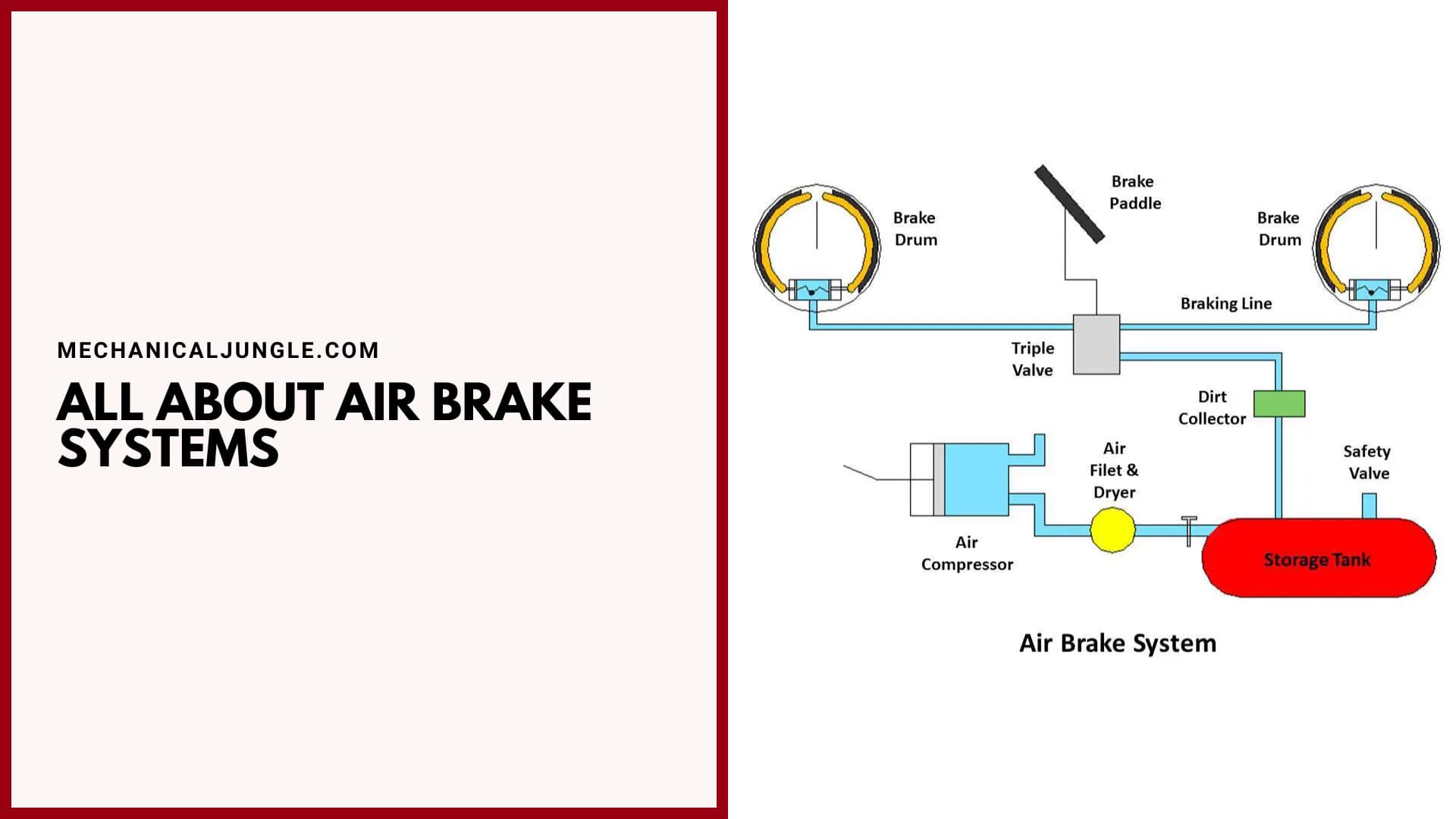
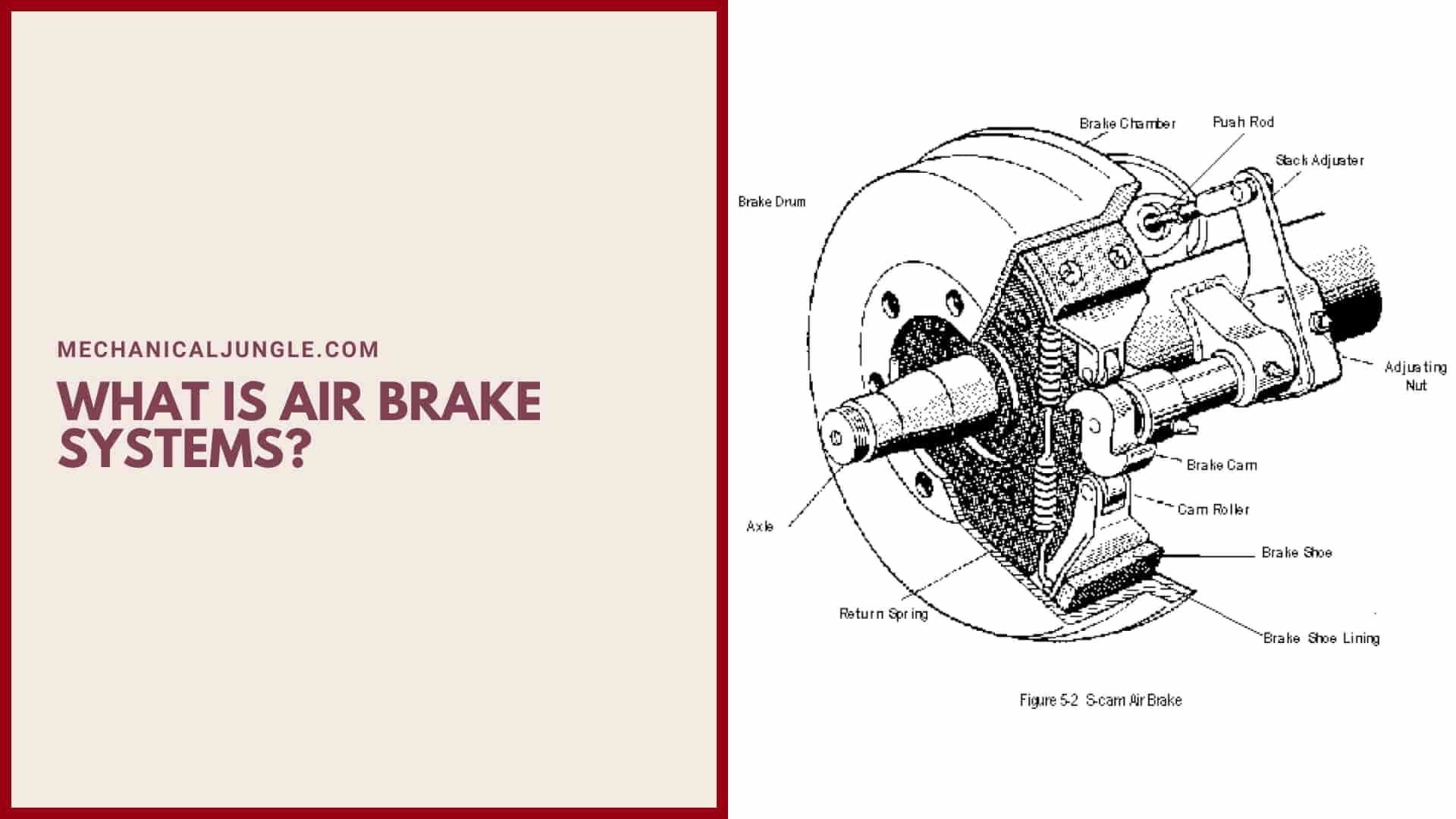
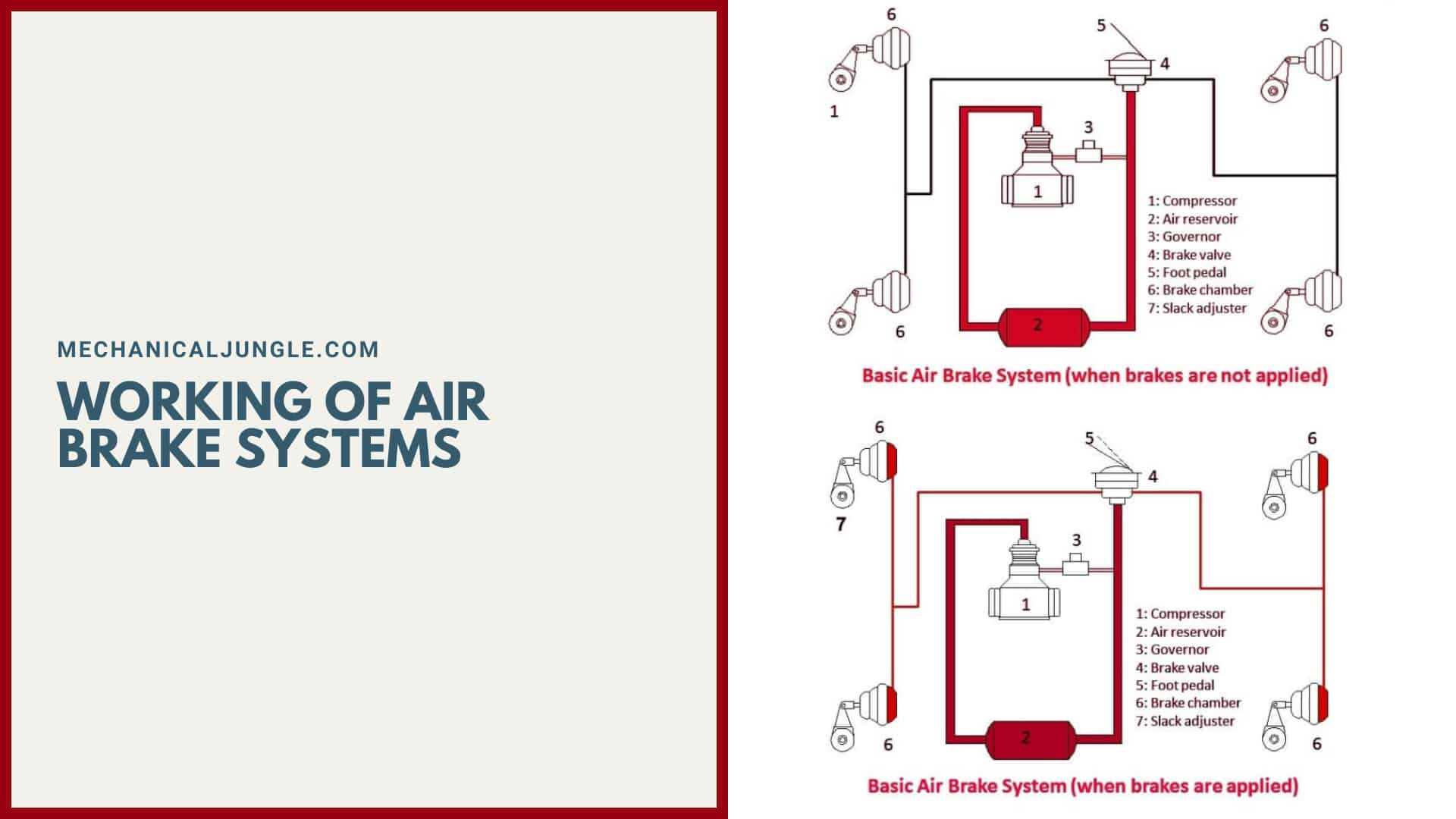
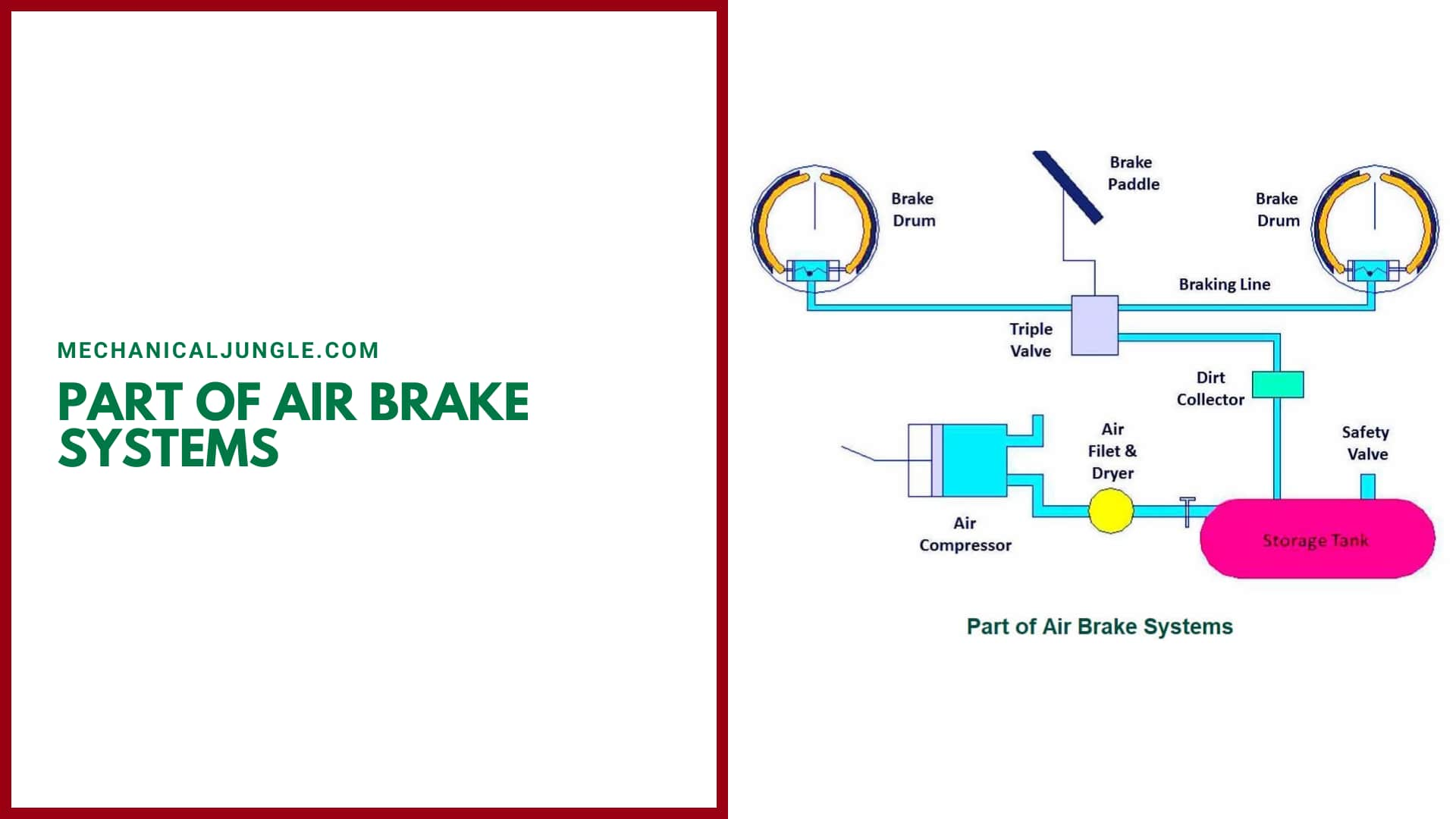

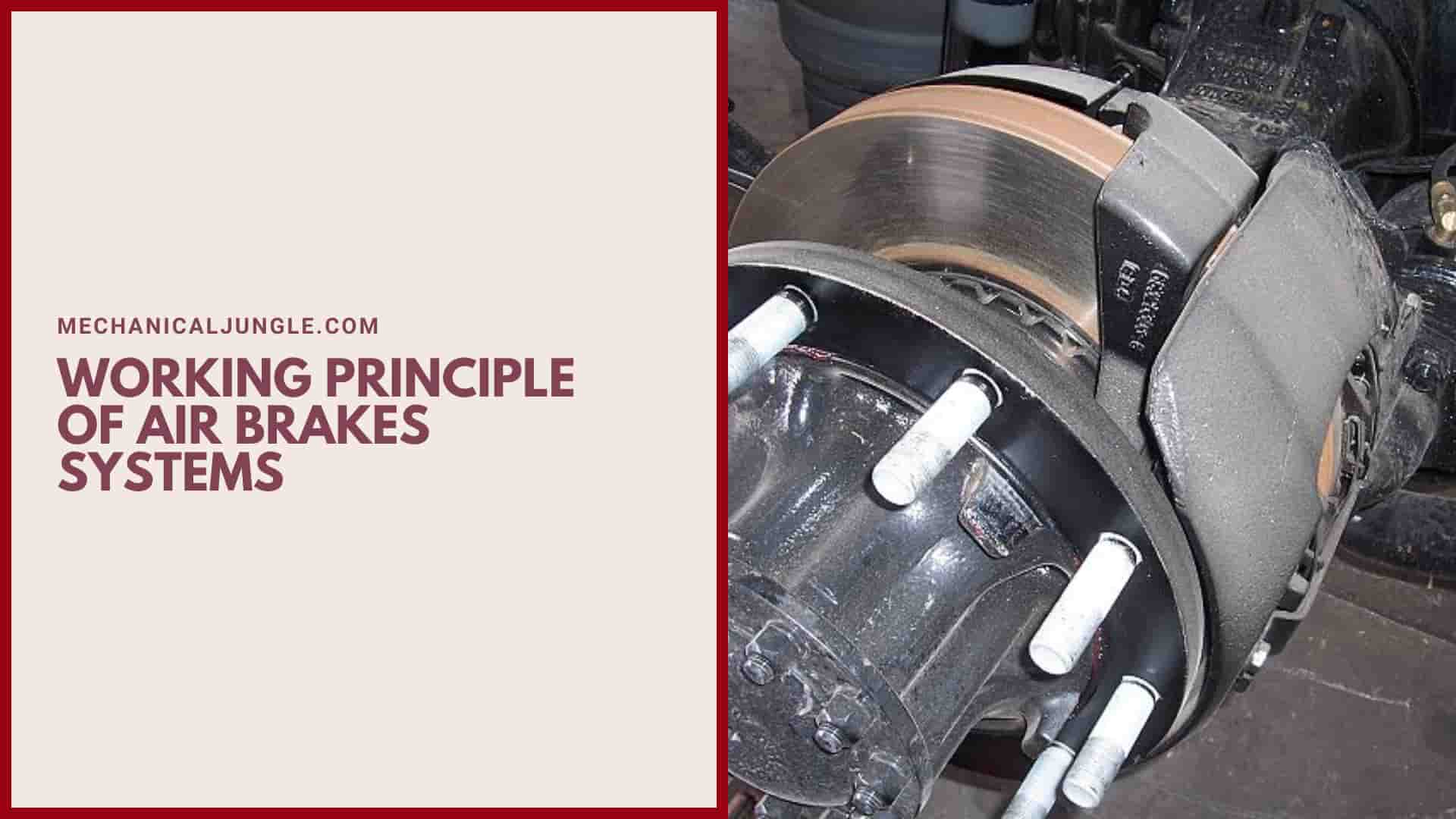
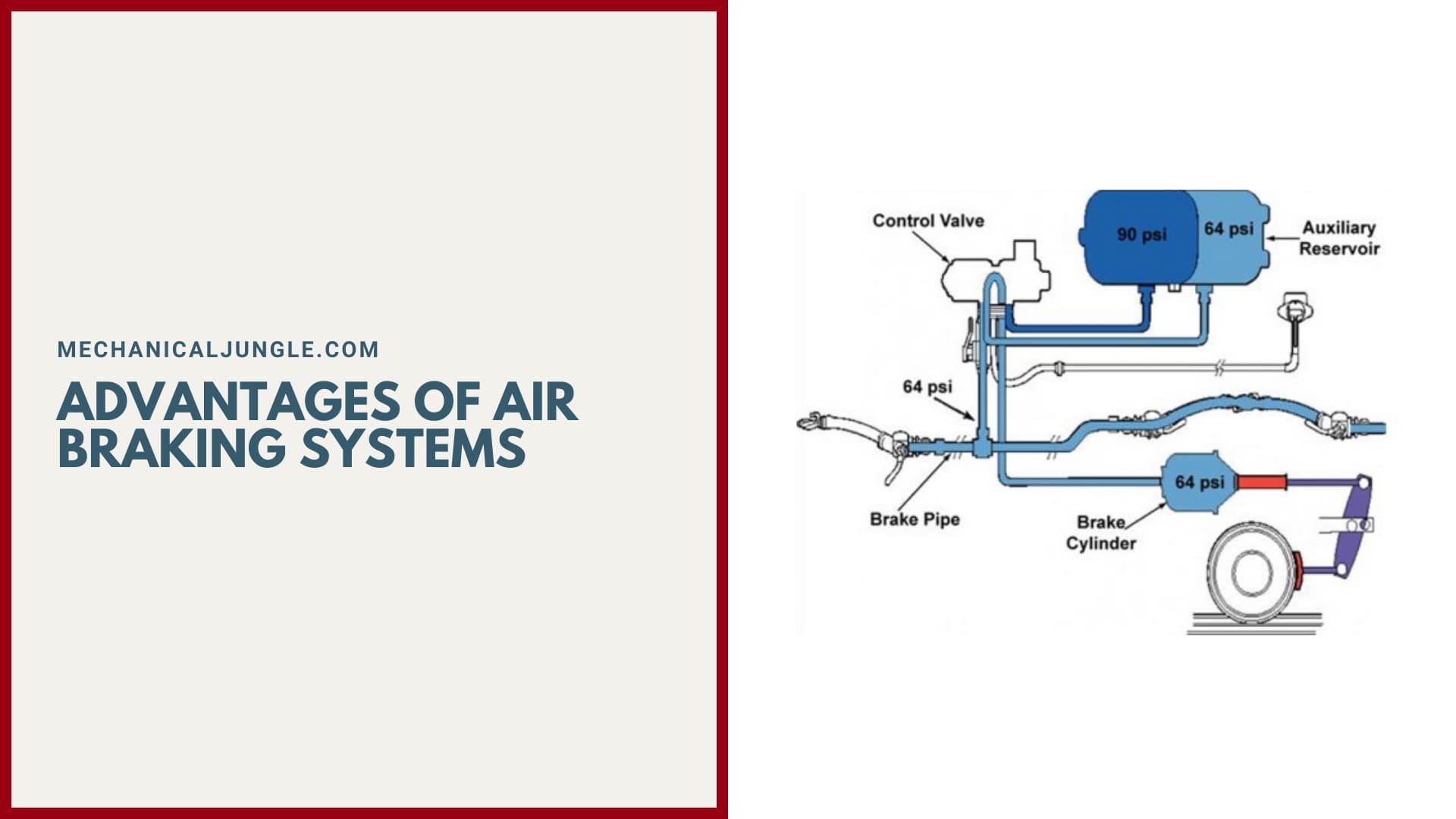

Leave a Reply